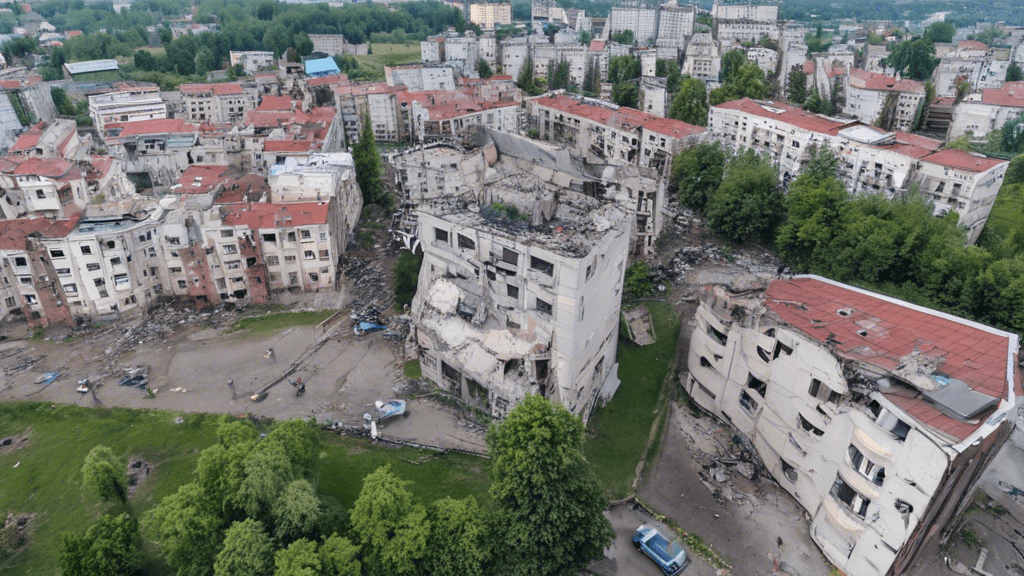Understanding the Drone Attack on Ternopil
On December 2, 2024, the quiet city of Ternopil, Ukraine, was jolted by a drone attack that targeted a residential building. This incident marked a grim continuation of the ongoing conflict between Ukraine and Russia. The nature of this attack has raised eyebrows and sparked discussions about security and civilian safety in a region that has already felt the heavy weight of war.
Casualties and Emergency Response
Tragically, the drone strike resulted in the death of one individual, with several others sustaining injuries. The fire ignited by the drone caused significant damage, engulfing the top floor of a five-storey apartment building. As emergency services sprang into action, many residents were evacuated from their homes, highlighting the urgent need for disaster response in such unpredictable times. The chaotic scenes of evacuation were a stark reminder of the perilous nature of life in conflict zones.
In addition to the immediate consequences of the attack, the entire region was placed under air raid alerts for several hours. This heightened state of vigilance followed similar alerts from the previous week, showcasing a worrying trend of intensifying aerial strikes in the area. It’s puzzling how daily life continues amidst the uncertainty, illustrating the resilience of the people living in Ternopil.
The drone strike on December 2 is not an isolated event either; it follows a significant attack just days earlier, on November 26, which severely disrupted infrastructure and power supplies in Ternopil. This pattern suggests that the conflict is escalating, putting even more pressure on civilian lives and infrastructure.
The Ongoing Conflict Context
Ternopil, located around 220 km east of Poland, had a thriving population of over one million prior to the onset of the war in February 2022. The sustained anxiety about drone attacks and military strikes lingers in the air. Both Russia and Ukraine assert that they are not targeting civilians, yet incidents like this bring that claim into question. With residential areas frequently caught in the crossfire, the reality of their statements is often under scrutiny.
Interestingly, despite the seriousness of the situation, Russia opted not to comment on the attack in Ternopil specifically. This silence can feel unnerving for those living in the affected regions, leaving residents with more questions than answers about their safety and future. With attacks occurring regularly, a sense of helplessness often permeates through the communities hit hardest.
As the conflict continues, the people of Ternopil show resilience, but it’s a resilience stretched thin by the constant threat of violence. Each drone attack serves as a sorrowful reminder of the ongoing struggle for peace and security in a region heavily impacted by aerial bombardments. As the world watches, it’s clear that Ternopil’s journey towards normalcy is complicated, to say the least.
